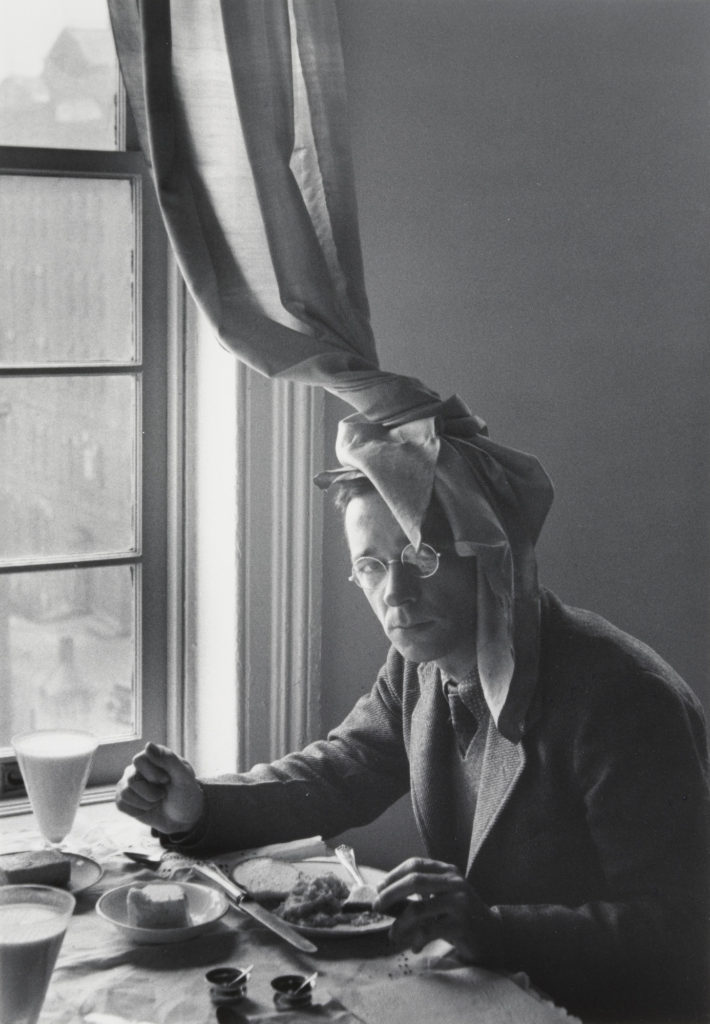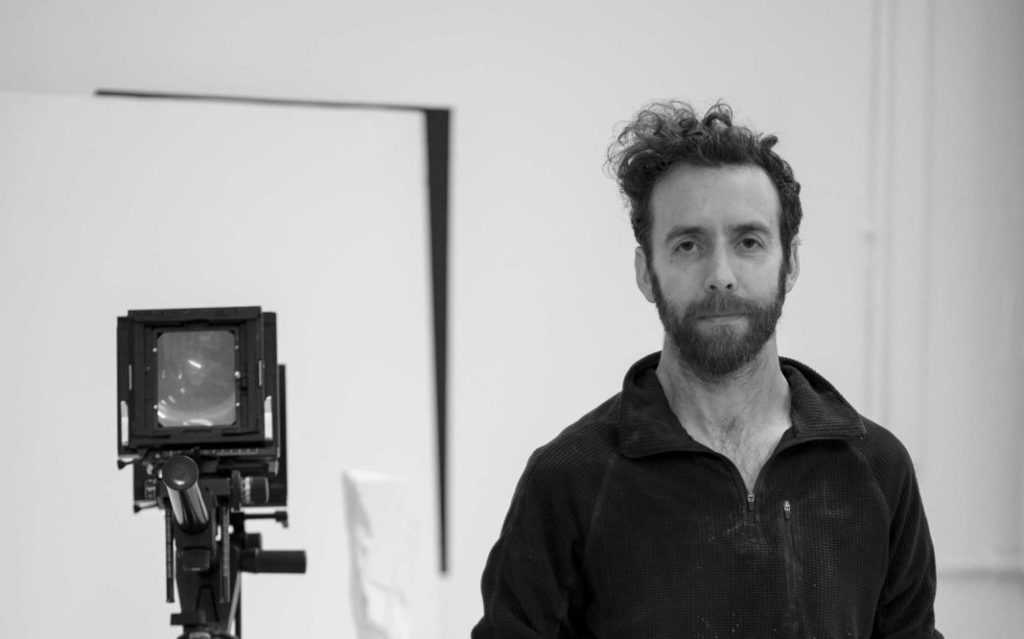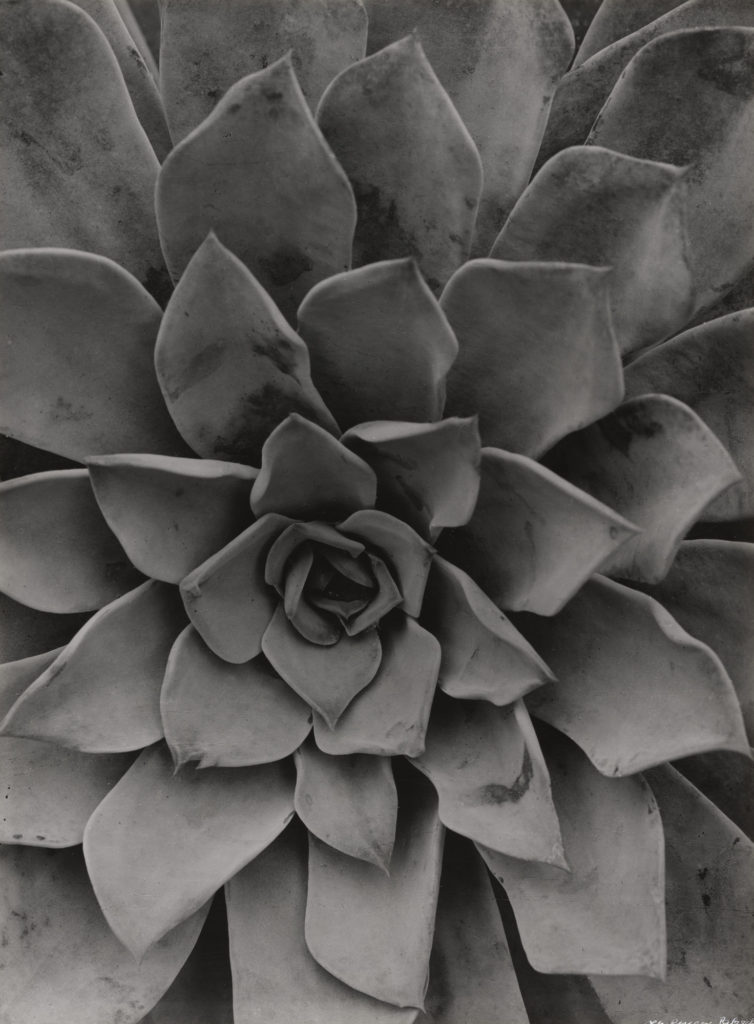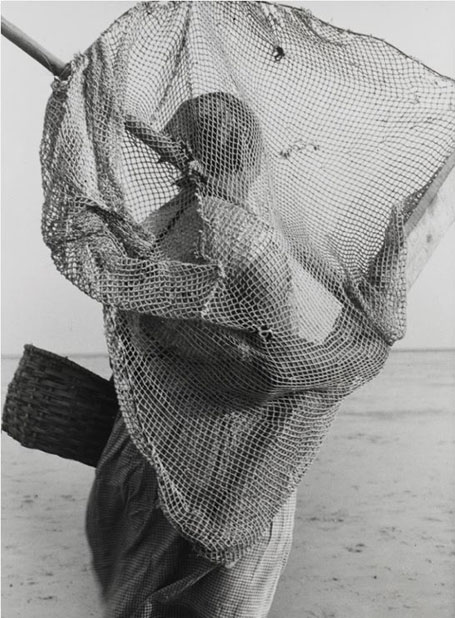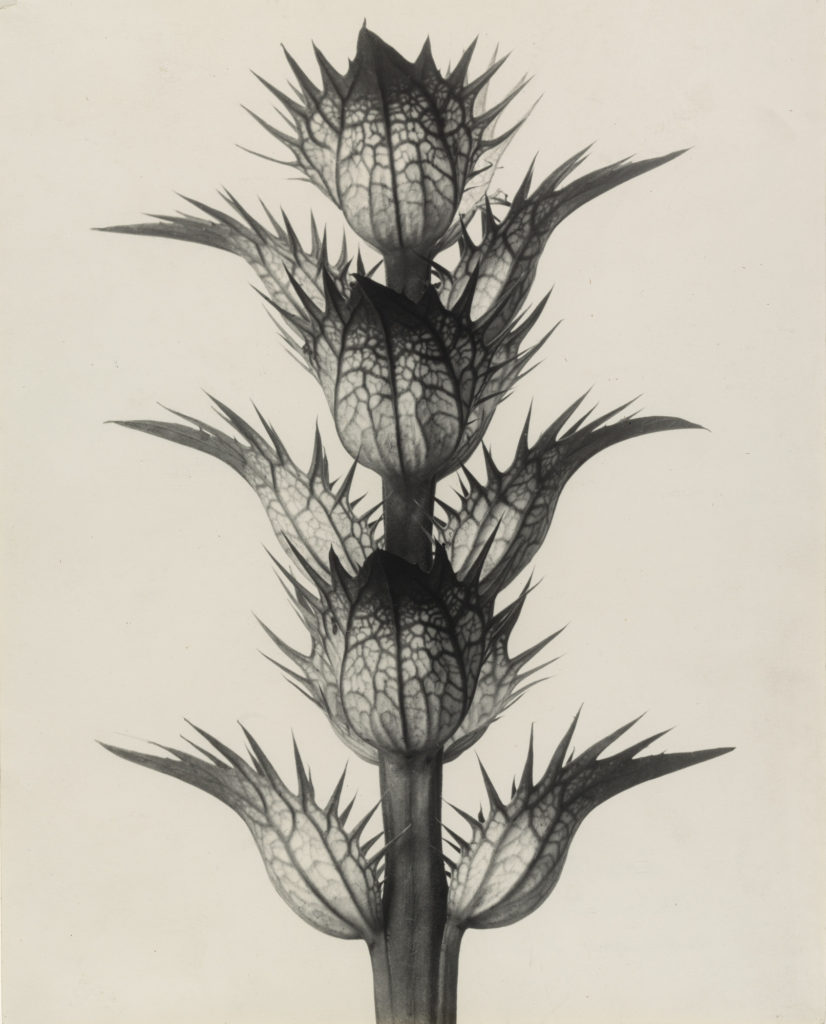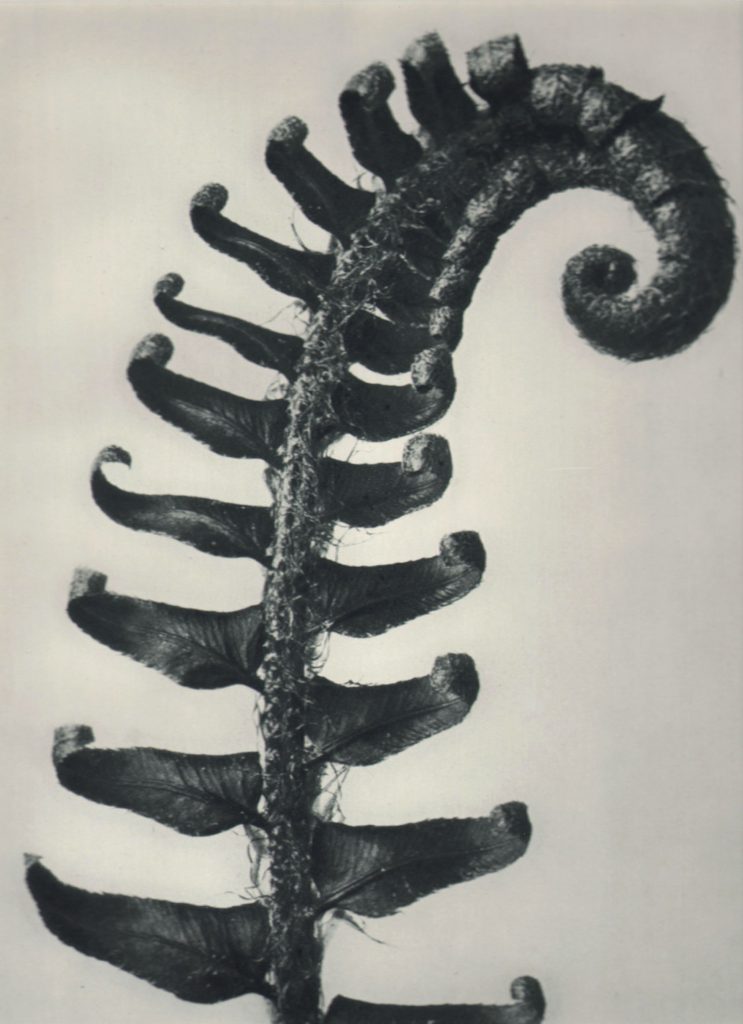WALKER EVANS
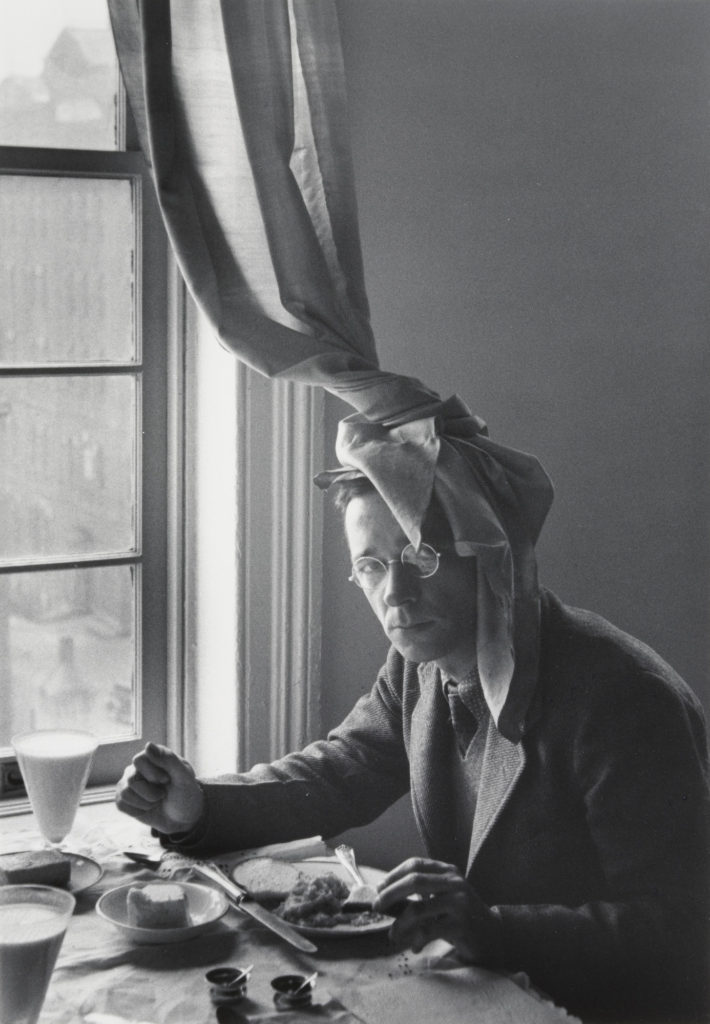
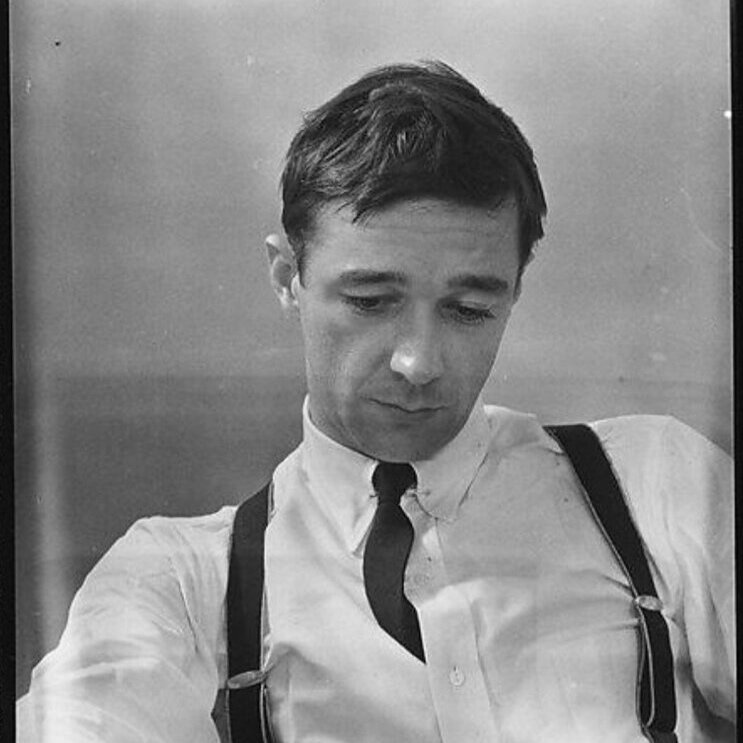
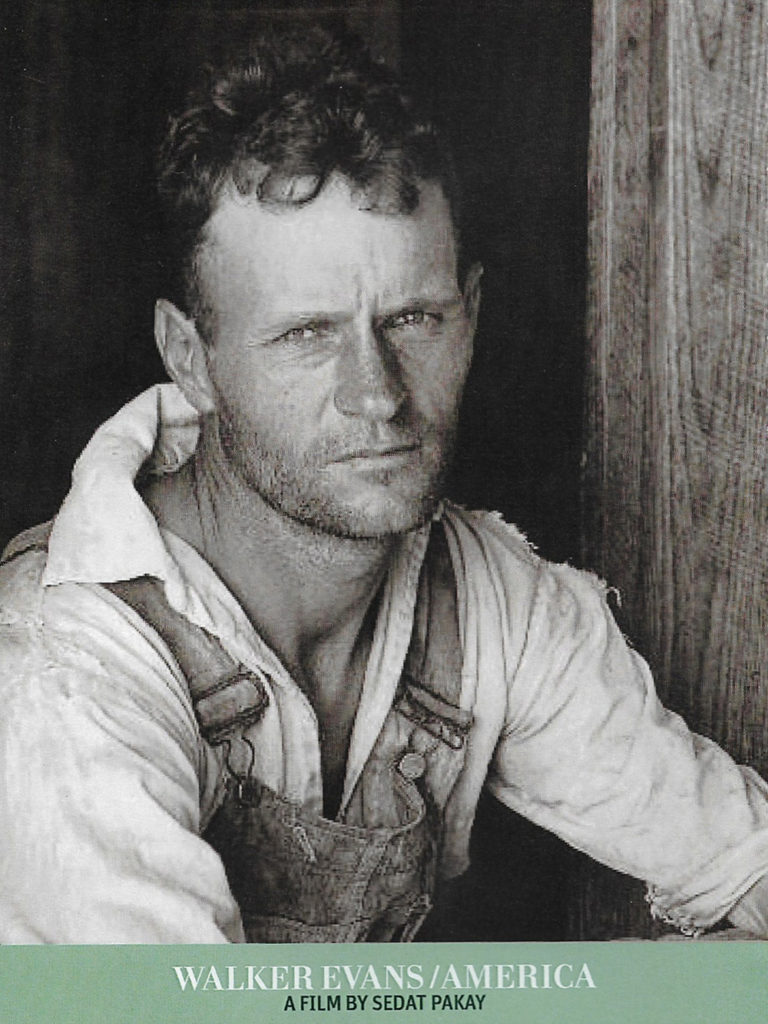
Walker Evans was an American photographer and photojournalist well known for his work for the Farm Security Administration, documenting the effects of the Great Depression where he spent two months on a fixed-term photographic campaign in West Virginia and Pennsylvania. Much of Evans work from the FSA included photographing using a less developed camera. He said that his goal as a photographer was to make pictures that he took “literate, authoritative, transcendent”. Many of his works are still in the permanent collections of museums and have been the subject of retrospectives at such institutions as the Metropolitan Museum of Art or the George Eastman Museum.
In Evans later life he was a passionate reader and writer, and in 1945 became a staff writer at Time. Shortly afterward, he became a professor of photography on the faculty for graphic design at the Yale University School of Art. In one of his last photographic projects, Evan completed a black and white portfolio of the Brown Brothers Harriman for publication in “Partners in Banking”. This was published in 1968 to celebrate the private bank’s 150th anniversary. In 1973 Evans used the new Polaroid instant camera for his last piece of work, the company provided him with an unlimited supply of film, and the camera’s simple design made it much easier for the aged photographer to get the hang of it.
Darren Harvey-Regan
Darren is a famous English photographer who’s work has appeared in exhibitions and publications internationally and is part of the permanent photography collection at the V & A Museum in London. Darren experimented with Blurring the boundaries between photography and sculpture. Armed with an MA from the Royal College of Art, and fascinated by the work of heavyweights such as Cy Twombly, John Baldessari and Bill Watterson, the sensitive and mature curation of his exhibitions is fundamental to the meaning of his work.
Albert Renger-Patzsch,
Renger-Patzsch was born in Würzburg Germany and began making photographs at age twelve. After military service in the First World War he studied chemistry at the in Dresden. In the early 1920s he worked as a press photographer for the Chicago Tribune before becoming a freelancer, in 1925 he published a book called the Das Chorgestühl von Kappenberg (The Choir Stalls of Cappenberg). And then soon later he had his first museum exhibition in Lübeck in 1927. His second book followed in 1928, This is his best known book and it is a collection of one hundred of his photographs in which natural forms, industrial subjects and mass-produced objects are presented with the clarity of scientific illustrations. During the 1930s Renger-Patzsch made photographs for industry and advertising. His archives were destroyed during the Second World War. Later In 1944 he moved to Wamel, Möhnesee, where he lived the rest of his life
Karl Blossfeldt
Karl Blossfeldt was a German photographer and sculptor. He is best known for his close-up photographs of plants and living things, He was inspired, by nature and the ways in which plants grow. He believed that “the plant must be valued as a totally artistic and architectural structure.” Among his contacts at the Berlin Arts and Crafts School was Heinz Warneke. From 1923, he was professor at the United State Schools for Fine and Applied Art in Berlin.

